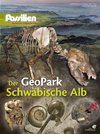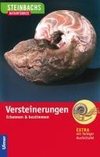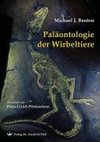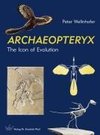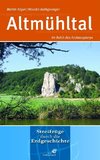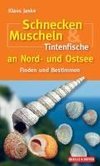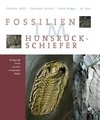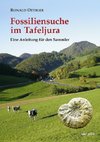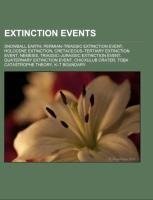
Extinction events
Source: Wikipedia. Pages: 81. Chapters: Snowball Earth, Permian-Triassic extinction event, Holocene extinction, Cretaceous-Tertiary extinction event, Nemesis, Triassic-Jurassic extinction event, Quaternary extinction event, Chicxulub crater, Toba catastrophe... Viac o knihe
Produkt je dočasne nedostupný
20.06 €
bežná cena: 22.80 €
O knihe
Source: Wikipedia. Pages: 81. Chapters: Snowball Earth, Permian-Triassic extinction event, Holocene extinction, Cretaceous-Tertiary extinction event, Nemesis, Triassic-Jurassic extinction event, Quaternary extinction event, Chicxulub crater, Toba catastrophe theory, K-T boundary, Late Devonian extinction, Yellowstone Caldera, Tollmann's hypothetical bolide, Silverpit crater, Cat gap, Great Oxygenation Event, Ordovician-Silurian extinction event, Carboniferous Rainforest Collapse, Shiva crater, Wilkes Land crater, Lau event, End-Ediacaran extinction, Boltysh crater, Vredefort crater, Raven Ridge, Cenomanian-Turonian boundary event, Olson's Extinction, Marine regression, Medea Hypothesis, Fern spike, Middle Miocene disruption, Huronian glaciation, Ireviken event, Cambrian-Ordovician extinction event, Dresbachian, Eocene-Oligocene extinction event, Aptian extinction, Toarcian turnover, Fenambosy Chevron, Mulde event, Rahjamal Traps. Excerpt: The Permian-Triassic (P-Tr) extinction event, informally known as the Great Dying, was an extinction event that occurred 251.4 Ma (million years ago), forming the boundary between the Permian and Triassic geologic periods. It was the Earth's most severe extinction event, with up to 96% of all marine species and 70% of terrestrial vertebrate species becoming extinct It is the only known mass extinction of insects. Some 57% of all families and 83% of all genera were killed. Because so much biodiversity was lost, the recovery of life on Earth took significantly longer than after other extinction events. This event has been described as the "mother of all mass extinctions." Researchers have variously suggested that there were from one to three distinct pulses, or phases, of extinction. There are several proposed mechanisms for the extinctions; the earlier phase was likely due to gradual environmental change, while the latter phase has been argued to be due to a catastrophic event. Suggested mechanisms for the latter include large or multiple bolide impact events, increased volcanism, and sudden release of methane clathrate from the sea floor; gradual changes include sea-level change, anoxia, increasing aridity, and a shift in ocean circulation driven by climate change. Until 2000, it was thought that rock sequences spanning the Permian-Triassic boundary were too few and contained too many gaps for scientists to reliably determine its details. However, a study of uranium/lead ratios of zircons from rock sequences near Meishan in Changxing County of Zhejiang Province, China date the extinction to 251.4 ± 0.03 Ma, with an ongoing elevated extinction rate occurring for some time thereafter. A large ( approximately 90/00), abrupt global decrease in the ratio of to , denoted dC, coincides with this extinction, and is sometimes used to identify the Permian-Triassic boundary in rocks that are unsuitable for radiometric dating. Further evidence for environmental change around the P
- Vydavateľstvo: Books LLC, Reference Series
- Formát: Paperback
- Jazyk:
- ISBN: 9781157708032

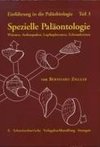
 Nemecký jazyk
Nemecký jazyk 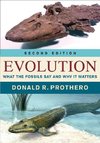
 Anglický jazyk
Anglický jazyk 